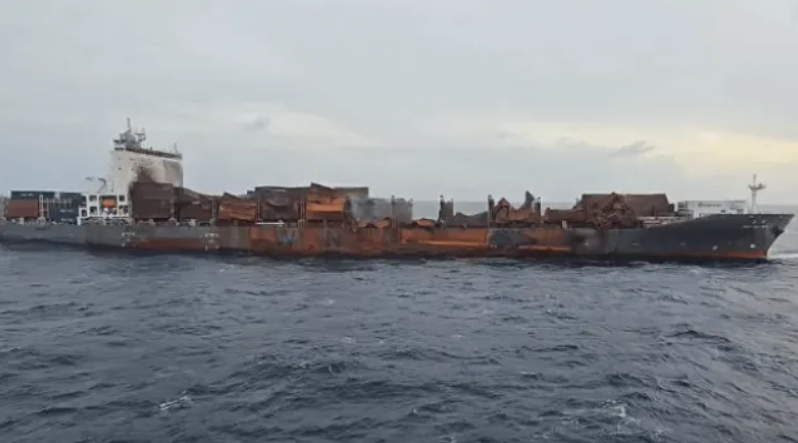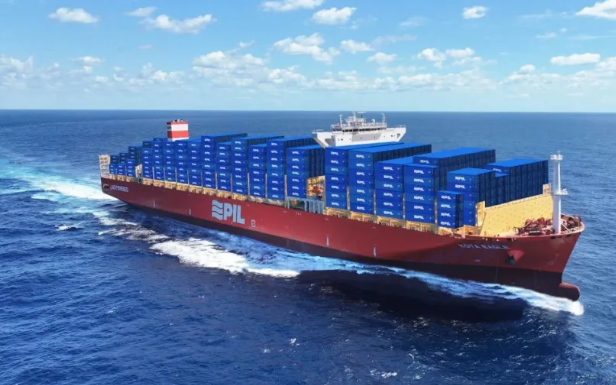According to Reuters, Takenori Igarashi, CEO of Japanese shipping company Kawasaki Kisen Kaisha Ltd. (K-Line), stated on Wednesday that the company is adjusting its U.S. service routes and preparing to redirect more vessels to other regions in response to potential tariff increases by the United States.
“At times, some vessels on certain routes are not fully loaded, and we have reduced the number of container sailings from East Asia to the U.S. We are adjusting fleet capacity according to cargo volumes,” Igarashi said in an interview with Reuters after taking office in March.
As one of Japan’s leading shipping firms, Kawasaki Kisen has already factored in a 30 billion yen (approximately USD 200 million) impact on its fiscal year ending March 2026, citing disruptions to its automotive carrier business alongside declines in container volumes and freight rates due to U.S. tariffs.
Igarashi noted that the container shipping segment is particularly sensitive to the outcome of U.S.-China tariff negotiations, and the company is closely monitoring the developments.
U.S. former President Donald Trump threatened to impose higher tariffs on multiple trade partners unless agreements are reached by the August 1 deadline.
Igarashi commented that depending on the final tariff rates imposed and their effects on trade flows, an extended shipping distance might have some positive impact.
He added that to adapt operationally to tariff-related demand shifts, Kawasaki Kisen may reallocate vessels from U.S. routes to Europe, the Middle East, Australia, and Africa. “In terms of strategic adjustments, we might reduce certain forms of vessel assets, but unless we have clarity on trade policy directions, we cannot make abrupt, significant cuts. We remain in a wait-and-see mode.”

Last
Wan Hai 503 Still Under Tow, Awaiting Confirmation of Safe Harbor
According to Indian maritime authorities, the container ship Wan Hai 503 remains under tow and is currently awaiting confirmation

Next
Pacific Shipping Launches Two New Central America West Coast Feeder Services to Expand Latin America Network
To further tap into the potential of the Latin American market and strengthen the region’s shipping network, Pacific Shipping has
